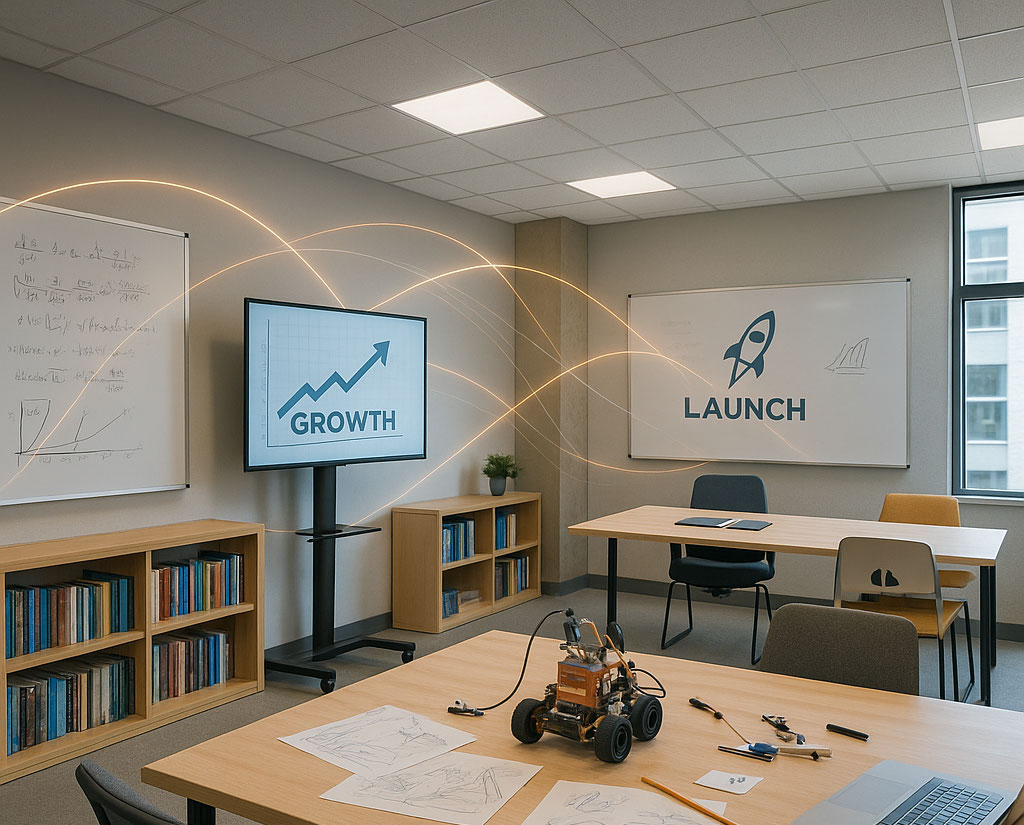
In 2004, James Surowiecki published a highly influential book, “The Wisdom of Crowds.” The central idea of the book is that the decisions made by a large and diverse group of people are intellectually superior to the ones made by a few isolated individuals, no matter how smart and well-informed.
Crowdsourcing is one of the most popular applications of this idea. Numerous organizations around the world, including corporations, governmental agencies, and not-for-profit foundations, now use crowdsourcing as a tool to address complex technical and business problems.
A Short History of Crowdsourcing
Although crowdsourcing got its official name only in 2006, thanks to journalist Jeff Howe, it has been around for quite some time. Some peculiar examples of “crowdsourcing” could be found as far back as in ancient Babylonia. Yet most pundits would agree that crowdsourcing was born in 1714, when the British Parliament launched the Longitude Prize, soliciting a reliable method of determining a ship’s longitude at sea.
The beginning of the modern history of crowdsourcing can be traced to the early 2000s, coinciding with the birth of “open innovation,” a business concept postulating that organizations should combine both internal and external sources of knowledge and expertise to advance the development of new products and technologies. Along with co-creation and web scouting, crowdsourcing represents a practical open innovation tool that organizations can use to meet their strategic innovation objectives.
The appreciation of the value that crowdsourcing can bring to the marketplace was helped by the appearance of first commercial crowdsourcing platforms. It took a few more years, however, to fully realize that crowdsourcing can only be effective if careful consideration is given to identifying and formulating problems to be crowdsourced as well as to precise matching of these problems with the most suited crowds.
The Past Decade
The past ten years have been the time crowdsourcing has finally begun coming of age. Although it’s virtually impossible to even list all successful, high-profile crowdsourcing campaigns carried out over the decade, some examples are worthy of mentioning. One of the most exemplary, both in purpose and design, was the 2014 Grand Challenge launched by the U.S. Agency for International Development to crowdsource the safe and comfortable protective equipment for healthcare workers battling Ebola.
Brands have been increasingly using crowdsourcing to advance the development of new products and also create lasting relationships with their customers. Many folks remember the 2013 Super Bowl Halftime Show featuring Beyoncé. The introduction to the show used more than 500 high-quality images that Pepsi, the sponsor of the event, crowdsourced from its fans.
Crowdsourcing has entered the realm of public policymaking, too. For example, in 2016, Mexico City asked its nearly nine million residents to help draft the city’s new constitution through social media.
Of course, crowdsourcing has had its share of critics and detractors. They routinely point to the 2010 Deepwater Horizon Oil Spill Challenge. Following the oil spill accident off the coast of Louisiana, BP invited members of the public to submit their ideas for sealing off the ruptured well and cleaning up the millions of barrels of spilled oil. Some 123,000 people from 100+ countries have taken part in the challenge and submitted more than 43,000 suggestions. Unfortunately, none of them, according to BP officials, has proven to be useful for plugging the leak, although some of the ideas related to the subsequent clean up were later considered.
There are a number of factors slowing down the speedy adoption of crowdsourcing. One of them is the lack of trust in the intellectual power of the crowds and their ability to tackle complex problems. Almost everyone would agree that crowdsourcing can be successfully applied to accomplishing a “simple” task, such as crowdsourcing a corporate logo or choosing the name for a city landmark. However, when it comes to answering a question that requires specialized knowledge, organizations often prefer turning to experts. And the reluctance to replace experts with crowds is widely shared by the experts themselves who’re understandably scornful of the idea that someone with no immediate experience in the field can solve a problem that they could not.
Another factor is an expansive use of the very term “crowdsourcing” and blurring the line between crowdsourcing and other problem-solving tools, such as brainstorming. As a result, crowdsourcing is often used in a suboptimal way, and when the outcome proves disappointing, it is crowdsourcing itself that gets the blame for being ineffective. Periodic calls to “rethink” crowdsourcing regularly appear on the pages of the most respected business publications.
The importance of Crowdsourcing Platforms
The burden of promoting the effective use of crowdsourcing - and facilitating its further adoption in the marketplace - falls on crowdsourcing platforms. This was one of the objectives behind the creation of HeroX, a 2013 spin-off from the XPRIZE Foundation. HeroX’s mission is to enable anyone in the world to launch a challenge that addresses an important problem, build a community around that challenge and then create the conditions that would lead to breakthrough innovation.
HeroX has an impressive track record. Since its creation, the platform has amassed a crowd of more than 125,000 dedicated Solvers, has launched over 140 successful challenges, and has hosted challenges with prize awards as large as $1M!
Arguably, one of the most successful challenges posted on the HeroX platform was the Space Poop Challenge. The objective of this challenge, sponsored by NASA, was to design a system for spacesuits that routes human waste away from the body, hands-free. More than 200,000 innovators and 152 teams took part in the competition. Two individual contributors and a team have shared a $30,000 prize.
In December 2019, HeroX signed a strategic partnership agreement with Ideanco. The purpose of the agreement is to augment HeroX’s platform expertise and robust community of innovators with an AI-integrated crowdsourcing model developed by Ideanco. Two challenges focusing on climate change and food security are now being developed to test the combined tool.
The Future
Crowdsourcing is here to stay. Its future as an effective innovation tool is ensured by its proven ability to deliver value to many organizations that use it. Moreover, crowdsourcing is being organically incorporated in the “gig” economy, providing independent workers with the ability to be paid by a task or a project as opposed to a salary or hourly wage.
And yet, to be widely adopted in the business environment of the future, crowdsourcing needs to overcome certain barriers. Crowdsourcing platforms, including HeroX, will need to do a better job of explaining what crowdsourcing is and, equally important, what it’s not. A crucial aspect of this job is helping organizations understand how to correctly identify and formulate problems suited to crowdsourcing and how to run an effective crowdsourcing campaign.
Future contributions to this blog will deal with these important topics.








